Gymnastics and Borders
(Gymnastik und Grenzen/Gymnastik og Grænser)
Two-channel video installation, 2019
Colour, stereo, 11 min.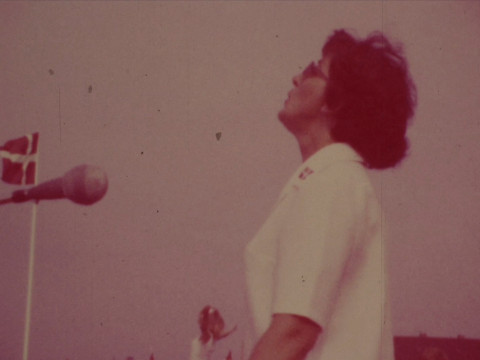
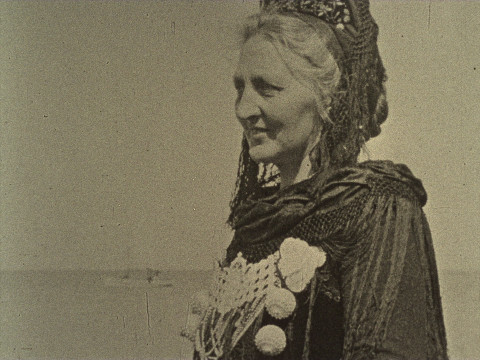
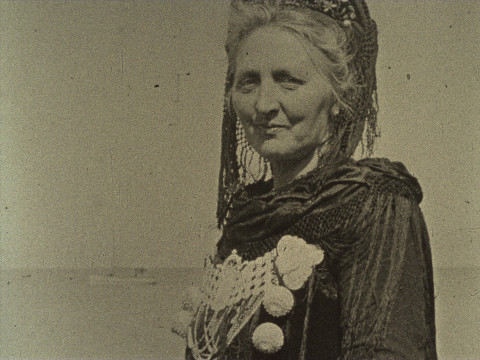
The work Gymnastik og Grænser/Gymnastik und Grenzen is based on historical footage from the archival research department of the Danish Central Library for Southern Schleswig, which is located in Flensburg near the Danish border. Showing mostly gymnasts, these are films about the Danish minority in northern Germany dating from 1948–1965.
In split screen, Markusen adds to this Super 8 and video footage of the German-Danish border region she herself shot in 2013. Since the 1920 referendum which determined the present-day position of German-Danish border, the Danish government had a number of films made about the Danish minority in North Germany in the interest of national identity politics. In Denmark, these films were shown at evening events and, after the introduction of television, also broadcast. At the time, gymnastics festivals were popular throughout Europe and promoted the modern and progressive national state. The historical footage shows how this representative function was, over time, transferred in particular to the performance of women – and how the pattern of such performances changed accordingly. For instance, a shot from the film De sydslesvigske Aarsmøder 6. Juni 1948 samlede over 70.000 Deltagere (The South Schleswig Annual Meetings on 6 June 1948 brought together more than 70.000 participants) shows older Frisian women in their stiff, intricately decorated traditional costumes watching the younger women which, for their part, perform their choreographed gymnastic exercises in airy, natural reformed sports clothing. In the context of such festivals, the dynamic and synchronised movements of the young Danish women represented a growing collective Volkskörper or “national body”.
Markusen relates these historical recordings to contemporary footage from the border region. In the 2013 material, the border towns look desolate and abandoned, captured in close-ups of border markings such as crash barriers, stones, traffic signs and of asphalt and grass fields, and have, in and of themselves, nothing distinctive about them. It is only as a result of the montage that occasional contrapuntal juxtapositions of idyll and desolateness are created, though much disappears in the grey-coloured no-man’s-land. Moreover, a contemporary percussionist interjects herself between the contrasting images: on satellite dishes the musician beats a rhythm that does not correlate with the movements of the gymnasts and thereby disrupts the choreographically intended associative chain of individual-collective-nation in favour of the idea of individual freedom.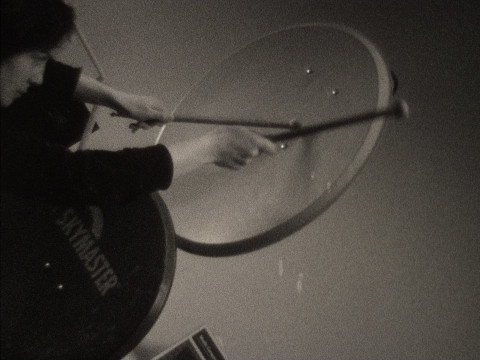
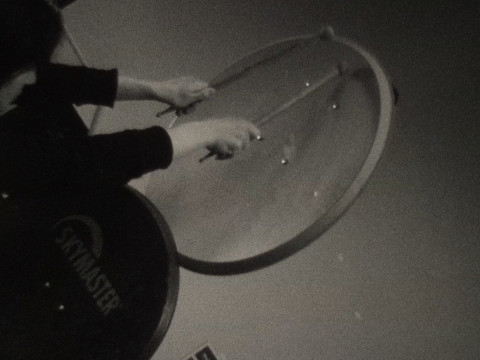

Gymnasts at annual meetings of the Danish minority in Northern Germany. The first annual meeting took place in 1921, after the division of Schleswig after the referendum of 1920. The images of the gymnasts are transmitted across the borders, to Denmark. There they contribute to a nationalist agenda. The historical recordings of the annual meetings are taken from propaganda films about the Danish minority in Northern Germany. These films are archived in the Research Department of the Danish Central Library for Southern Schleswig. Also my own recordings are now historical. In 2013 I shot at the border. Since January 2016 Denmark has been carrying out border controls at the German-Danish border. In January 2019, Denmark started building a 1.5 high fence along the border.
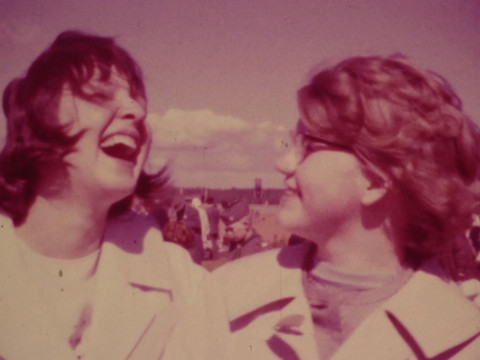
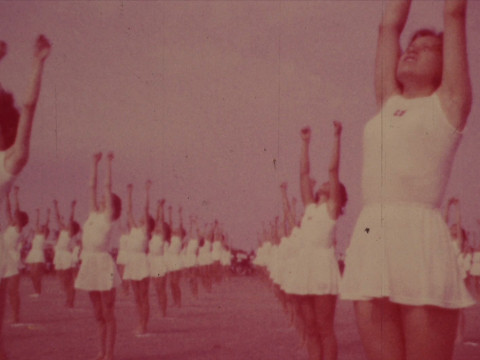
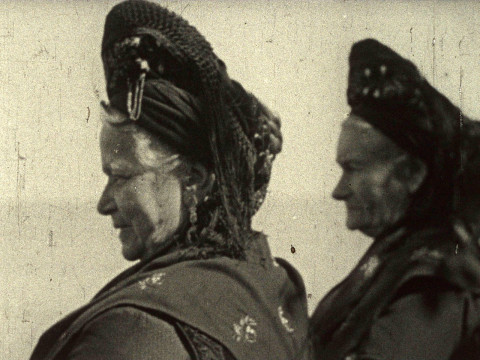
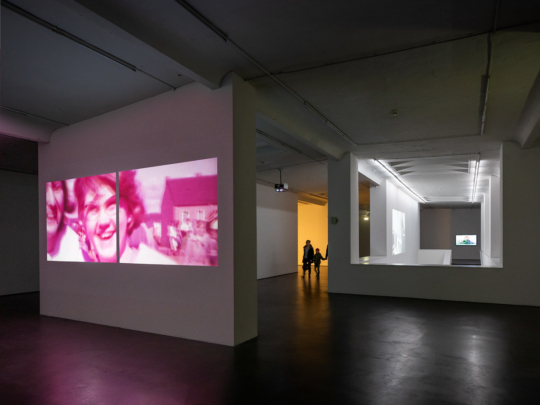
Fuzzy Dark Spot. Video Art from Hamburg. Installation view, Deichtorhallen–Falckenberg Collection, Hamburg 2019.
Photography: Henning Rogge